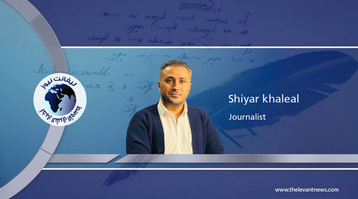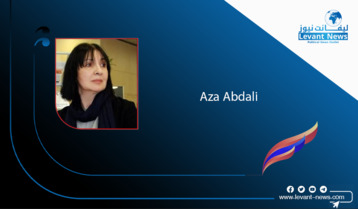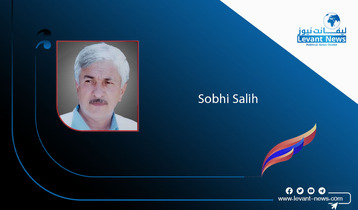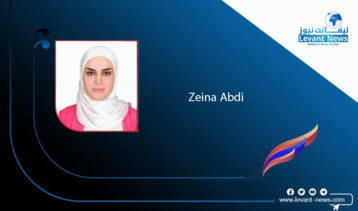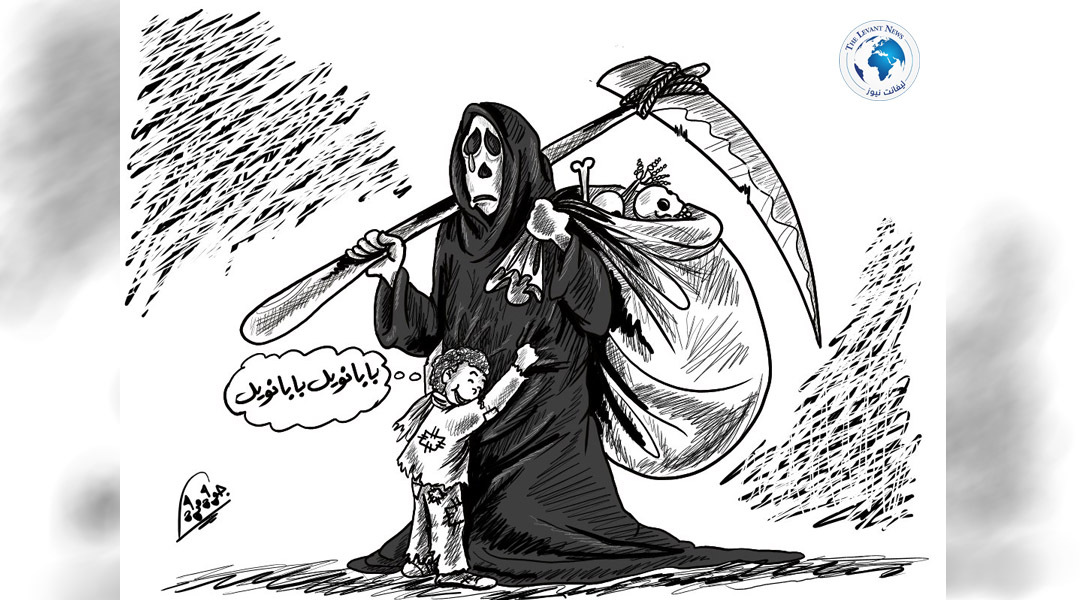-
Hezbollah... Khamenei's Broken Arm in the Lebanon Crisis
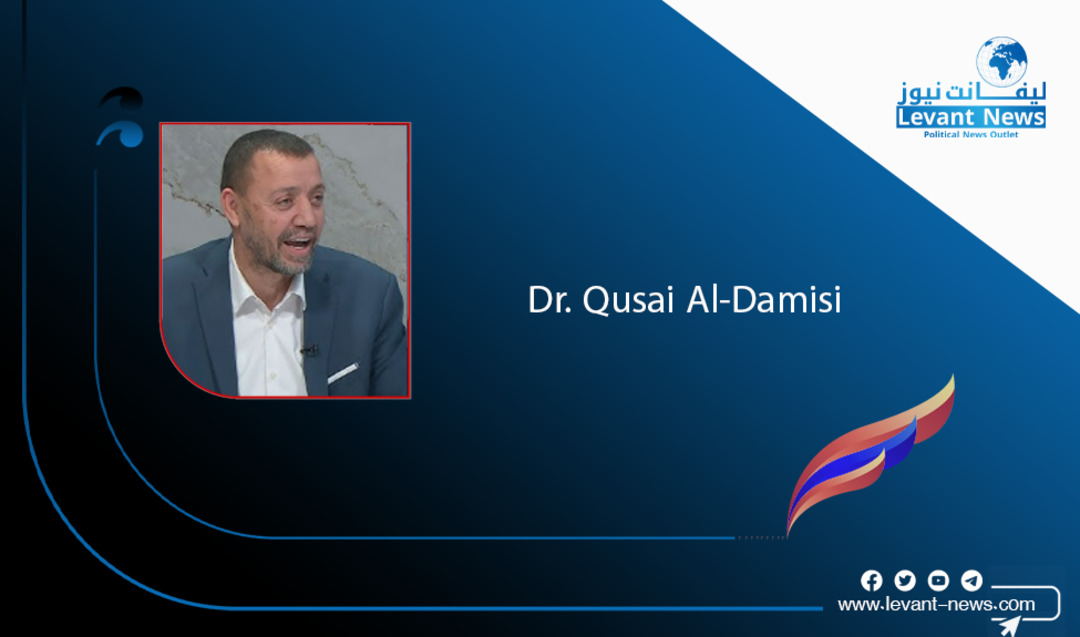
The collapse of Khamenei's regional project is evident in Hezbollah's failure. Throughout the years, Lebanese Hezbollah has been the strongest and most effective arm of the Wilayat al-Faqih regime in the region, fulfilling Khamenei's expansionist and terrorist objectives since the Mullahs came to power. A network of regional proxies was formed, with Hezbollah at the forefront, serving as the backbone of the regime’s "strategic depth" strategy. Hezbollah has been employed as a shield against military attacks, a bargaining tool in international negotiations, a smuggling network circumventing sanctions, and a fuel source igniting wars in the region.
In the past year, after a series of defeats—including the 12-day war and Bashar al-Assad’s fall in Syria—this "strategic depth" received a devastating blow. Hezbollah was not only the main military arm of the regime in controlling Lebanon and supporting the criminal Assad regime, but it also served the Iranian Revolutionary Guard in training and supporting other militias such as the Popular Mobilization Forces and the Houthis, as well as involvement in drug trafficking, money laundering, and suppressing the Iranian people's protests. This comprehensive role made Hezbollah a living symbol of the high cost paid by the Iranian people from their resources to finance Khamenei’s destructive projects.
The words of Hezbollah’s former leader Hassan Nasrallah nine years ago perfectly illustrate the party’s complete dependence on the Tehran regime. He openly declared that "Hezbollah’s budget comes from Iran… the money comes from Iran… for example, the missiles we threaten Israel with… everything we eat and drink, and our missiles and shells all come from Iran." This confession clearly shows how the oppressed Iranian people's money is spent on funding terrorism and wars abroad while Iranians suffer from poverty and inflation.
The fall of Bashar al-Assad, Iran’s closest ally in Syria, and Hezbollah's defeat represented a major strategic earthquake for the Wilayat al-Faqih regime. After decades of financial and military support for the killing of hundreds of thousands of Syrians and the displacement of millions, Bashar al-Assad fled, and Khamenei’s forces faced a humiliating defeat. This historic event significantly limited the supply of weapons to Hezbollah and weakened its position as a principal proxy for the Velayat-e Faqih. Scenes of Syrian revolutionaries tearing down images of Khamenei, Qassem Soleimani, and Nasrallah became a sincere reflection of the deep hatred the region’s peoples harbor for these criminals.
The National Council of Resistance of Iran (NCRI) has consistently emphasized that the security and survival of Khamenei’s regime depend on the Revolutionary Guards and the designated proxy forces like Hezbollah. Mrs. Maryam Rajavi, the elected leader of the Iranian Resistance, stated that “with the fall of the regime that has helped the ruling religious fascists in Iran commit the greatest crimes against the Syrian people and the peoples of Palestine and Lebanon for 45 years, the dark era of this region is closing. It is time to overthrow the mullah regime.” These statements reflect the resistance’s vision that cutting off the regime's hand in the region, including weakening Hezbollah, is a step toward freeing the Iranian people.
These field and political developments coincided with a widespread uprising among the Iranian people worldwide, following a massive demonstration in Brussels celebrating the 60th anniversary of the founding of the MEK (Mujahedin-e Khalq). The message to the international community was strong. Free Iranians in New York City—the U.S. capital—participated in a grand rally on September 23 and 24, where thousands gathered to deliver a firm blow to the regime. The Iranian participants clearly declared that "Pashkian does not represent the Iranian people," exposing the regime’s disgraceful stances, including its support for Israel in the vote on the two-state solution, revealing the regime’s ongoing hostility toward the Palestinian people. This global uprising, intensifying with each regional defeat of the regime, confirms that weakening and collapsing the regime’s militias pave the way for an internal revolt that could lead to the regime’s overthrow, based on the "Third Solution" initiative, which states: "No war, no appeasement, and yes to replacing the regime by the hands of the people and organized resistance."
Dr. Qusai Al-Damisi – Former Jordanian Deputy
You May Also Like
Popular Posts
Caricature
opinion
Report
ads
Newsletter
Subscribe to our mailing list to get the new updates!

